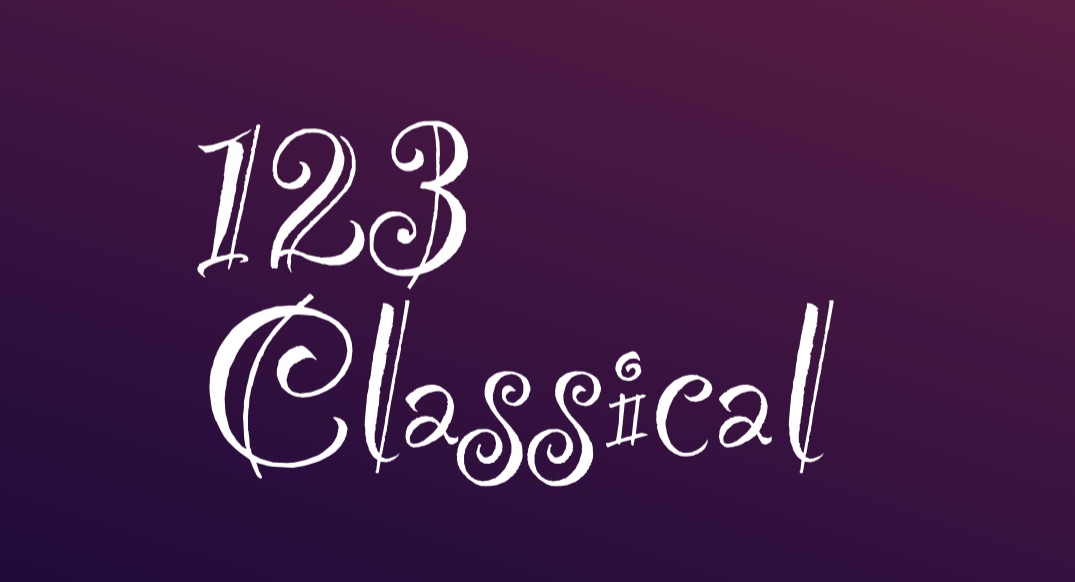

Filters

The historical and political developments around the world, combined with the appearance of new art styles (such as impressionism and serialism) provided fertile ground for the appearance of a diverse range of musical styles developed in the first half of the 20th century.
At the beginning of the 20th century, there was the feeling that music had already achieved everything that was possible and that new directions should be explored. Therefore, most composers, such as Debussy, Prokofiev, Bartok, Stravinsky and Gershwin to name a few, turned against existing music styles, as they found no meaning in further building on them, and invented their own exciting music styles. Their modern compositions were revolutionary as they included fewer lyrical melodies than the music of former periods, more complex rhythms and dissonant harmonies. You would not find melodies in these compositions. On the other end of the spectrum, some but few composers, such as Rachmaninoff, remained loyal to the 19th century romanticism, with its melodical and lyrical elements.
Music during this period was also influenced by the world wars and various political events, which swept across Europe in the first half of the 20th century. Some composers, such as Elgar, composed music in the aftermath of World War I, as a music elegy to the millions soldiers and civilians who died in that conflict. Other composers, such as Shostakovich and Prokofiev, composed music directly associated with World War II and were forced by the Soviet regime to conform with its ideals of how music should sound like. Other composers, such as Pierre Boulez, were so much influenced by the Holocaust and Hiroshima that they decided to leave behind established musical styles and experiment with completely new ones.
Some composers began to compose music by drawing on their native music styles, such as Gershwin drawing on jazz. Others incorporated in their compositions native folk music, such as Grieg, Sibelius and Bartok. Stravinsky and Ravel responded with music that also incorporated jazz elements.
The early 20th century period of classical music also marked the globalization of classical music and the creation of world-renowned artists. Advancing technology enabled the recording of classical music and jazz, and thus the globalization of music, which in turn led to the rise of world-known artists like Callas and Pavarotti.
Wide art movements which made their appearance in Europe at the beginning of the 20th century, also impacted classical music. Composers such as Debussy and Ravel, were influenced by the painting movement of impressionism (freely brushed colours which overrode lines and contours and created something like a dream painting) to create innovative and groundbreaking music which aimed to convey an idea through the mood and the atmosphere that the music created. And other composers were influenced by the movement of serialism, such as Schoenberg who created 12-tone music, which later on influenced future generations of composers.
This period of music can thus be compared with a wide palette of music styles which came as a result of the bewildering array of political and social developments, and their dramatic impact on people and cultures. Musicians and audiences realized that they did not have to be confined to a certain tradition and music style. Composers experimented with music and created their unique radical styles, opening the way for the next generation of composers of modern music.
"Gymnopedie no 1"

"The liberation"
(Piano Concerto No 2 in C Minor / Movements 1 and 2)
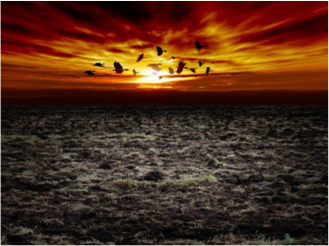
"Nimrod" from "Enigma variations"
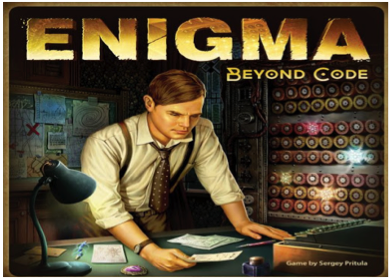
"Rhapsody on a theme of Paganini"
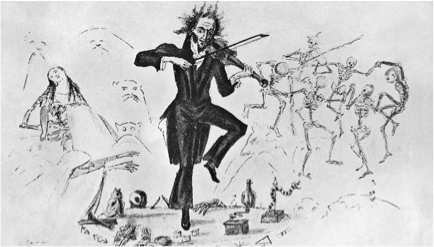
"Jazz suite No 1"
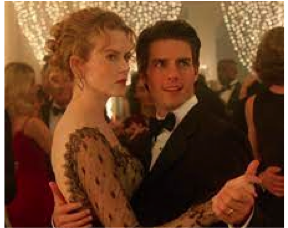
"Clair de lune"
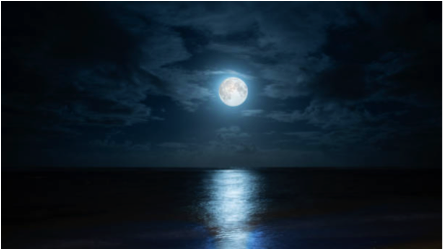
"Montagues and Capulets" from "Romeo and Juliet"
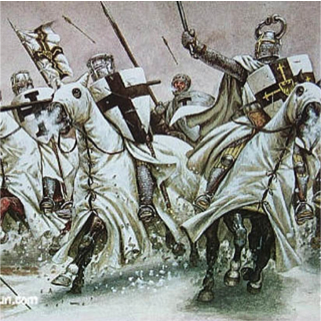
"Un bel di"
("One fine day") from "Madama Butterfly"
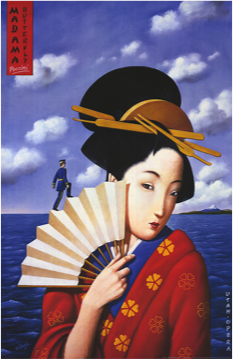
"The romance" from "The Gadfly suite"
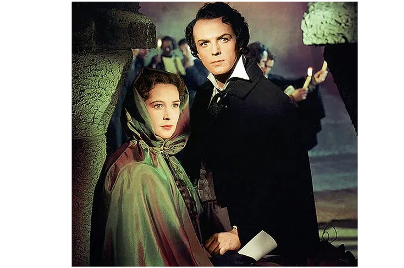
"Boléro"
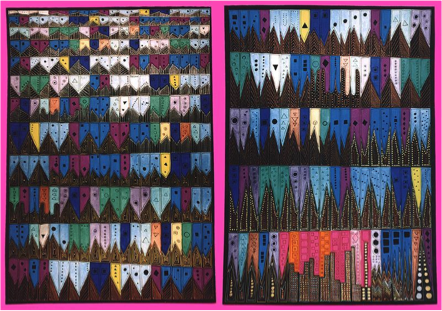
"Berceuse" from "The dolly suite"
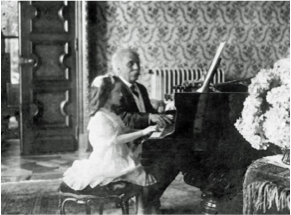
"Arabesque no 1"
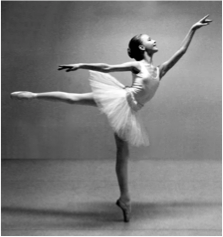
"Between power and romance"
(Prelude in G Minor Op. 23 No 5)
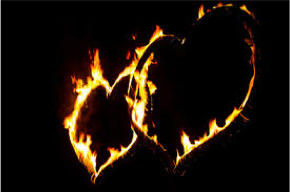
"Never going to fall in love again"
(Symphony No 2 / Movement 3)
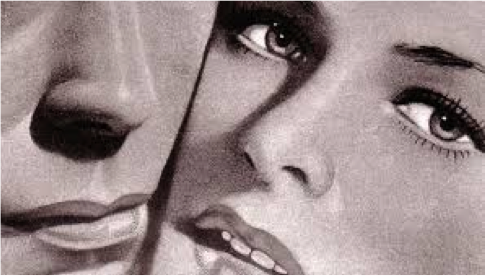
"A playful journey"
(Concert for 2 Pianos and Orchestra / Movement 1)
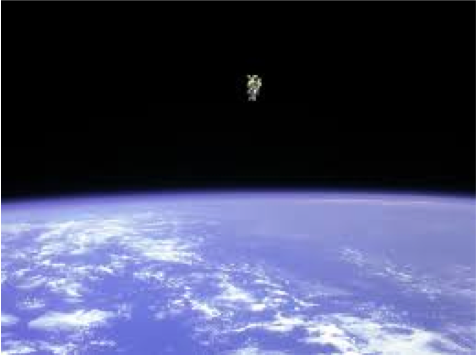
"Family memories"
(Piano Concerto No 2 / Movements 1 & 2)
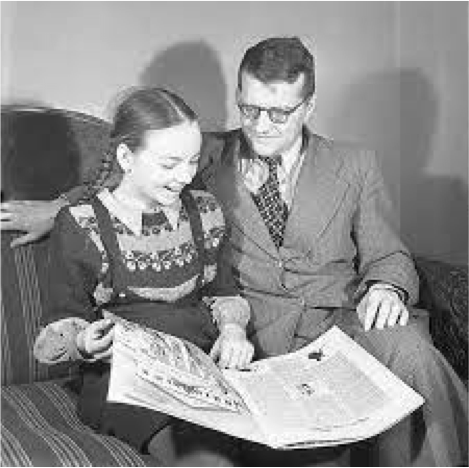
"Salut d'amour"
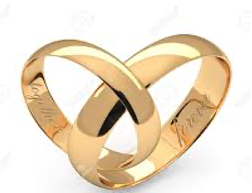
"Valse triste"
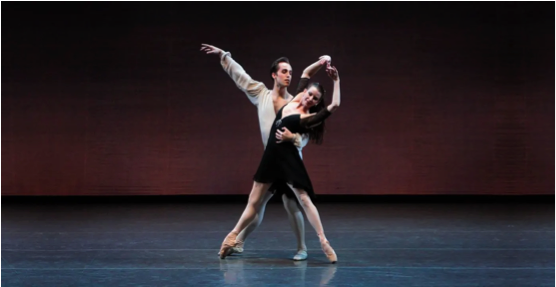
"Romance"
(Romance Op. 24 No 9)
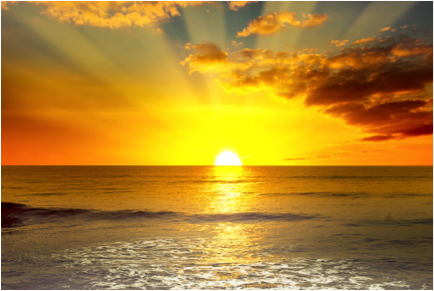
"The nightmare"
(Prelude in C Sharp Minor Op. 3 No 2")
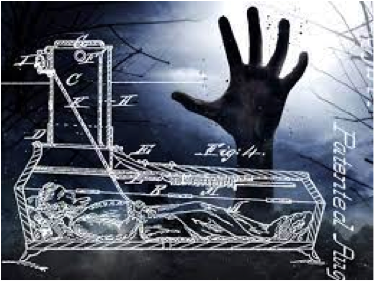
"Cascading glitters"
(Impromptu No 5 in B Minor / Vivace)
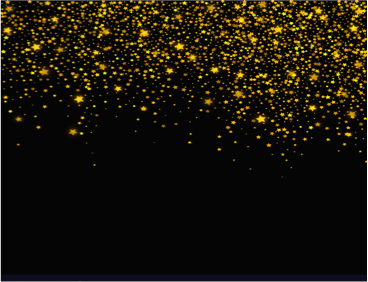
"Song to the moon" from "Rusalka"
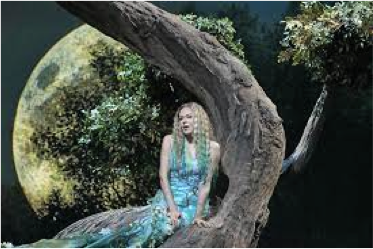
"Pavane pour une enfante defunte"
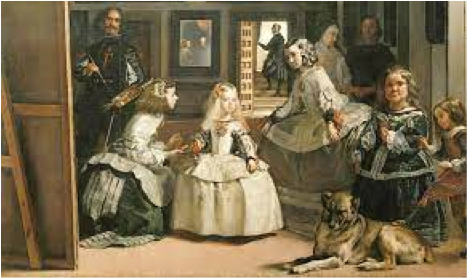
"Wedding day at Troldhaugen"
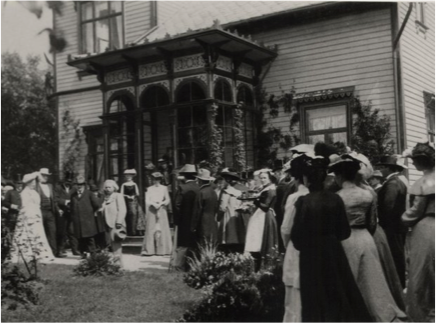
"The rite of spring" from "La sacre du printemps"
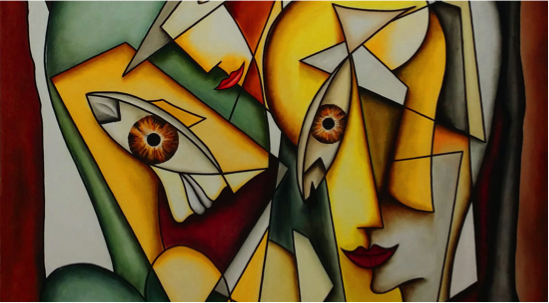
"Rhapsody in blue"
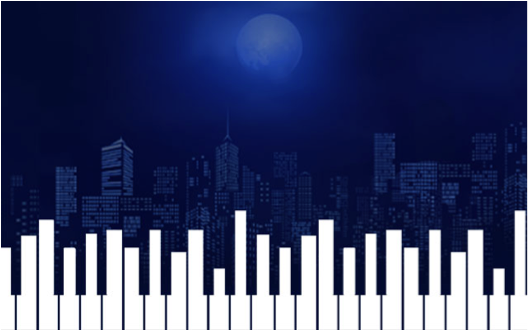
"Vocalise"
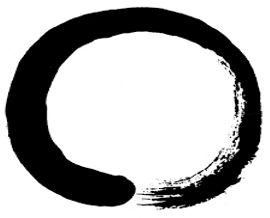
"Rêverie"
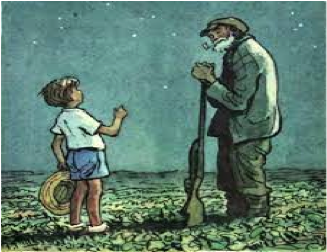
"Nessum dorma" from "Turandot"
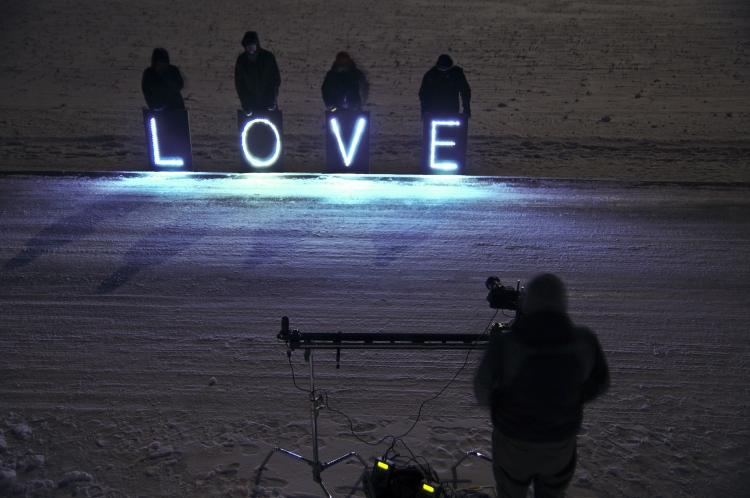
"Flight of the bumblebee"
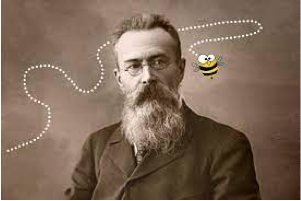
"Bachiana Brasileira No 4"
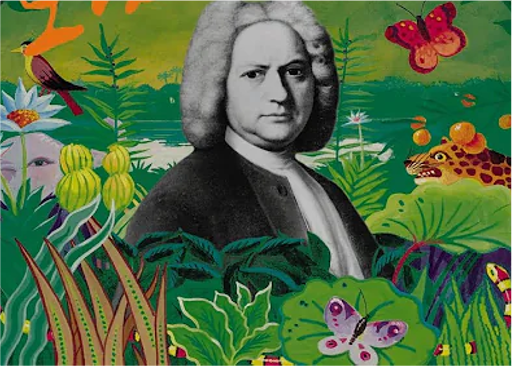
"Mio babbino caro"
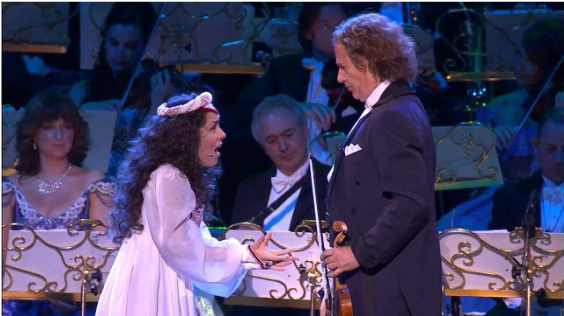
"Mahler's fifth"
(Symphony No 5 / Movement 4)
